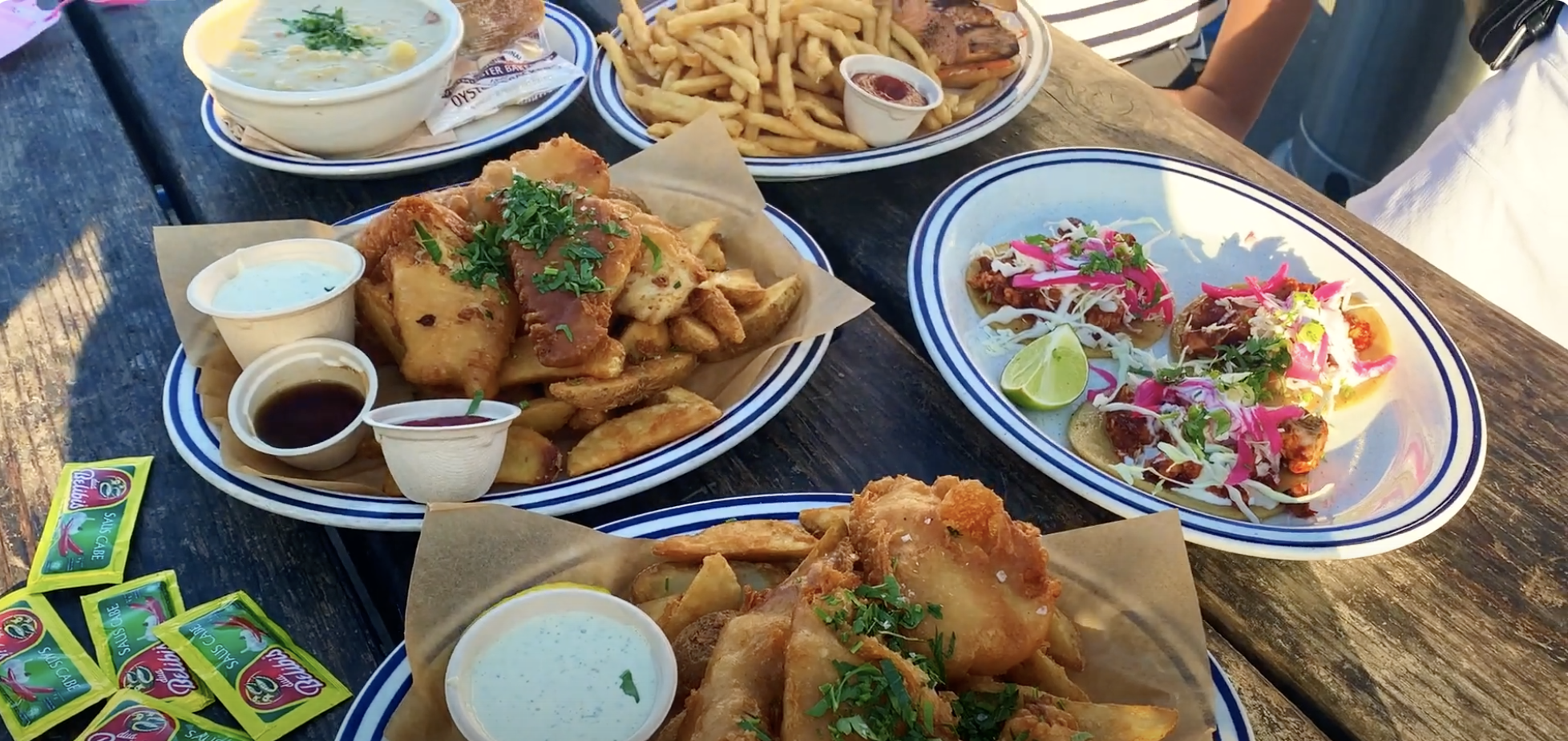
When preparing for outdoor dining, ensuring the proper refrigeration of food and beverages is critical to maintaining food safety and quality. Portable coolers and ice boxes are excellent solutions for keeping items at the right temperature, especially when a permanent refrigeration unit is unavailable. Begin by selecting coolers with sufficient capacity based on the volume of food and drinks you plan to serve. Pre-chill the coolers before use to maximize efficiency and keep contents colder for longer. We found a lot of great information regarding the best coolers and how to pack them on coolersonsale.com, a website dedicated to cooler reviews. For large events, coolers that hold larger volumes and can tolerate multiple opening and closings are best.
Packing Perishables
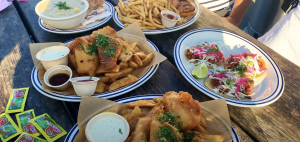 Pack perishable items, such as meats, dairy, and seafood, in insulated bags or containers to prevent direct contact with ice, which can cause sogginess and affect food texture. Ice packs are preferable over loose ice as they provide consistent cooling and reduce the mess. When using ice boxes, ensure they are kept in shaded areas and check temperatures regularly with a thermometer, aiming to keep food at or below 40°F (4°C). In addition to the coolers, consider using insulated blankets or covers for extra temperature regulation. Properly sealing the coolers and limiting the amount of time they are open can also help maintain a consistent cool environment throughout the outdoor event.
Pack perishable items, such as meats, dairy, and seafood, in insulated bags or containers to prevent direct contact with ice, which can cause sogginess and affect food texture. Ice packs are preferable over loose ice as they provide consistent cooling and reduce the mess. When using ice boxes, ensure they are kept in shaded areas and check temperatures regularly with a thermometer, aiming to keep food at or below 40°F (4°C). In addition to the coolers, consider using insulated blankets or covers for extra temperature regulation. Properly sealing the coolers and limiting the amount of time they are open can also help maintain a consistent cool environment throughout the outdoor event.
Outdoor Dining Appeal
Offering outdoor dining can significantly enhance a restaurant’s value by expanding its seating capacity, creating a unique ambiance, and attracting a broader customer base. Outdoor dining provides an appealing alternative to traditional indoor settings, especially during pleasant weather, allowing guests to enjoy a more relaxed and scenic dining experience. This added space can increase a restaurant’s overall capacity, helping to accommodate more customers, particularly during peak hours, which in turn boosts revenue potential.
 The outdoor setting also enables restaurants to capitalize on the appeal of al fresco dining, which has become increasingly popular as people seek fresh air and a change of environment. Furthermore, the ability to offer outdoor seating gives a restaurant the opportunity to cater to specific customer preferences, such as those with pets or those who prefer a more socially distanced experience. Additionally, outdoor dining can elevate the restaurant’s brand by showcasing its creativity and attention to customer experience, which can lead to positive word-of-mouth, increased social media visibility, and a stronger reputation in the community. Ultimately, outdoor dining enhances a restaurant’s appeal, drives foot traffic, and provides an opportunity for greater profits while creating a memorable and attractive atmosphere for diners.
The outdoor setting also enables restaurants to capitalize on the appeal of al fresco dining, which has become increasingly popular as people seek fresh air and a change of environment. Furthermore, the ability to offer outdoor seating gives a restaurant the opportunity to cater to specific customer preferences, such as those with pets or those who prefer a more socially distanced experience. Additionally, outdoor dining can elevate the restaurant’s brand by showcasing its creativity and attention to customer experience, which can lead to positive word-of-mouth, increased social media visibility, and a stronger reputation in the community. Ultimately, outdoor dining enhances a restaurant’s appeal, drives foot traffic, and provides an opportunity for greater profits while creating a memorable and attractive atmosphere for diners.
Optimal Dining Temperature
 The optimal temperature for outdoor dining events typically falls between 60°F and 75°F (15°C to 24°C), as this range offers a comfortable balance of warmth and coolness, allowing guests to enjoy their meal without feeling too hot or too cold. At these temperatures, guests are likely to feel comfortable, which encourages longer stays and a more enjoyable dining experience.
The optimal temperature for outdoor dining events typically falls between 60°F and 75°F (15°C to 24°C), as this range offers a comfortable balance of warmth and coolness, allowing guests to enjoy their meal without feeling too hot or too cold. At these temperatures, guests are likely to feel comfortable, which encourages longer stays and a more enjoyable dining experience.
For warmer weather, you may want to ensure adequate shade and cooling solutions, such as umbrellas, fans, or misting systems, to help keep diners comfortable. Conversely, for cooler temperatures, providing heaters, blankets, or even fire pits can enhance the experience and encourage guests to stay longer.
It’s important to consider that temperatures outside this range can negatively impact comfort and food safety. Extremely hot weather (above 85°F/29°C) can lead to discomfort for diners and challenges in keeping food at safe temperatures, while temperatures below 50°F (10°C) may result in diners feeling chilly and less likely to linger.
By maintaining an optimal outdoor dining environment, you can ensure a more pleasant experience for guests and create a welcoming atmosphere that encourages repeat visits.


 Pack perishable items, such as meats, dairy, and seafood, in insulated bags or containers to prevent direct contact with ice, which can cause sogginess and affect food texture. Ice packs are preferable over loose ice as they provide consistent cooling and reduce the mess. When using ice boxes, ensure they are kept in shaded areas and check temperatures regularly with a thermometer, aiming to keep food at or below 40°F (4°C). In addition to the coolers, consider using insulated blankets or covers for extra temperature regulation. Properly sealing the coolers and limiting the amount of time they are open can also help maintain a consistent cool environment throughout the outdoor event.
Pack perishable items, such as meats, dairy, and seafood, in insulated bags or containers to prevent direct contact with ice, which can cause sogginess and affect food texture. Ice packs are preferable over loose ice as they provide consistent cooling and reduce the mess. When using ice boxes, ensure they are kept in shaded areas and check temperatures regularly with a thermometer, aiming to keep food at or below 40°F (4°C). In addition to the coolers, consider using insulated blankets or covers for extra temperature regulation. Properly sealing the coolers and limiting the amount of time they are open can also help maintain a consistent cool environment throughout the outdoor event. The outdoor setting also enables restaurants to capitalize on the appeal of al fresco dining, which has become increasingly popular as people seek fresh air and a change of environment. Furthermore, the ability to offer outdoor seating gives a restaurant the opportunity to cater to specific customer preferences, such as those with pets or those who prefer a more socially distanced experience. Additionally, outdoor dining can elevate the restaurant’s brand by showcasing its creativity and attention to customer experience, which can lead to positive word-of-mouth, increased social media visibility, and a stronger reputation in the community. Ultimately, outdoor dining enhances a restaurant’s appeal, drives foot traffic, and provides an opportunity for greater profits while creating a memorable and attractive atmosphere for diners.
The outdoor setting also enables restaurants to capitalize on the appeal of al fresco dining, which has become increasingly popular as people seek fresh air and a change of environment. Furthermore, the ability to offer outdoor seating gives a restaurant the opportunity to cater to specific customer preferences, such as those with pets or those who prefer a more socially distanced experience. Additionally, outdoor dining can elevate the restaurant’s brand by showcasing its creativity and attention to customer experience, which can lead to positive word-of-mouth, increased social media visibility, and a stronger reputation in the community. Ultimately, outdoor dining enhances a restaurant’s appeal, drives foot traffic, and provides an opportunity for greater profits while creating a memorable and attractive atmosphere for diners. The optimal temperature for outdoor dining events typically falls between 60°F and 75°F (15°C to 24°C), as this range offers a comfortable balance of warmth and coolness, allowing guests to enjoy their meal without feeling too hot or too cold. At these temperatures, guests are likely to feel comfortable, which encourages longer stays and a more enjoyable dining experience.
The optimal temperature for outdoor dining events typically falls between 60°F and 75°F (15°C to 24°C), as this range offers a comfortable balance of warmth and coolness, allowing guests to enjoy their meal without feeling too hot or too cold. At these temperatures, guests are likely to feel comfortable, which encourages longer stays and a more enjoyable dining experience.

 A dress code establishes an unspoken standard of respect—both for the establishment and for fellow diners. When guests adhere to the dress code, it shows that they appreciate the fine dining experience and the effort put into curating the environment at The Trident. Similarly, staff members are typically held to high standards of professionalism in both service and attire, further reinforcing the restaurant’s commitment to excellence.
A dress code establishes an unspoken standard of respect—both for the establishment and for fellow diners. When guests adhere to the dress code, it shows that they appreciate the fine dining experience and the effort put into curating the environment at The Trident. Similarly, staff members are typically held to high standards of professionalism in both service and attire, further reinforcing the restaurant’s commitment to excellence. By establishing clear guidelines on what is appropriate to wear, The Trident also helps manage expectations around comfort and dress. When everyone adheres to the same standards, it creates a balanced environment where no one feels out of place, ensuring that all guests feel confident and comfortable while enjoying their meal.
By establishing clear guidelines on what is appropriate to wear, The Trident also helps manage expectations around comfort and dress. When everyone adheres to the same standards, it creates a balanced environment where no one feels out of place, ensuring that all guests feel confident and comfortable while enjoying their meal.
 The Sausalito Art Festival is an event that takes place on the waterfront. It is a yearly event that takes place on Labor Day weekend. On average, the event draws more than 250 award winning artists and 30,000 spectators. Artists who show up are selected for their quality of work, creativity, and much more. The event has earned the title of most prestigious and most anticipated art events in the United States. Each year, you will find entertainment, delicious foods, beer and wine for you to enjoy, and many unique exhibitions.
The Sausalito Art Festival is an event that takes place on the waterfront. It is a yearly event that takes place on Labor Day weekend. On average, the event draws more than 250 award winning artists and 30,000 spectators. Artists who show up are selected for their quality of work, creativity, and much more. The event has earned the title of most prestigious and most anticipated art events in the United States. Each year, you will find entertainment, delicious foods, beer and wine for you to enjoy, and many unique exhibitions. Each year the art festival draws in a larger crowd than the year before. There are more types of artwork and more ways to keep yourself entertained while you are there. No one knows what, or who, will show up at this year’s event, but already there are people creating special items for the event. Will you be one of the artists or will you be one of the hundreds that leave their backyard grill turned off long enough to visit Sausalito’s most popular festival event?
Each year the art festival draws in a larger crowd than the year before. There are more types of artwork and more ways to keep yourself entertained while you are there. No one knows what, or who, will show up at this year’s event, but already there are people creating special items for the event. Will you be one of the artists or will you be one of the hundreds that leave their backyard grill turned off long enough to visit Sausalito’s most popular festival event?
 Many local businesses and restaurants use propane to power a variety of appliances that we all use in our home or business. This includes gas stoves for restaurants and heaters during the cold weather months in all businesses. As a bonus, not only does it have less an impact on the environment, but their appliances have a higher efficiency rating, require less maintenance, and are ultimately more convenient than traditional, electric or oil run appliances. This is vital for a town that depends on tourists and having everything running strong when tourists are most prone to visit. It has also helped to know that backup power is also available to businesses that use propane.
Many local businesses and restaurants use propane to power a variety of appliances that we all use in our home or business. This includes gas stoves for restaurants and heaters during the cold weather months in all businesses. As a bonus, not only does it have less an impact on the environment, but their appliances have a higher efficiency rating, require less maintenance, and are ultimately more convenient than traditional, electric or oil run appliances. This is vital for a town that depends on tourists and having everything running strong when tourists are most prone to visit. It has also helped to know that backup power is also available to businesses that use propane.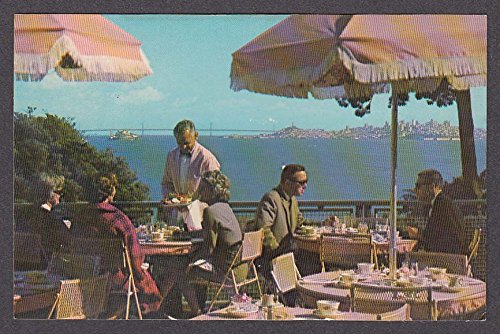
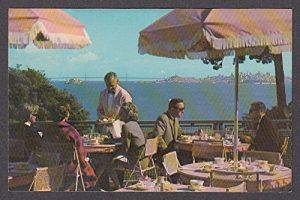
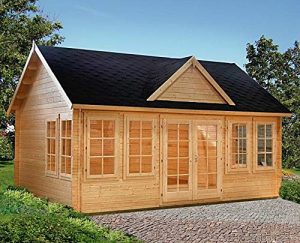




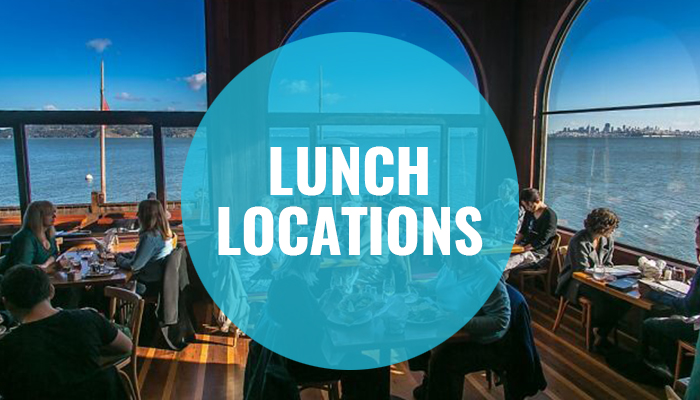
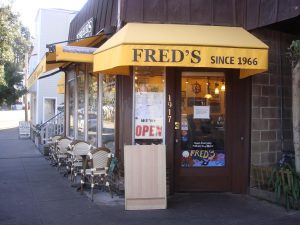 A small breakfast and brunch restaurant that is located at 1917 Bridgeway, Sausalito, CA 94987. It’s open from 7 in the morning until 2:30 PM, and it serves only American breakfast and lunch classics. If you are a fan of some traditional meals that are served by people who have been preparing them for over a decade, then you found a right place.
A small breakfast and brunch restaurant that is located at 1917 Bridgeway, Sausalito, CA 94987. It’s open from 7 in the morning until 2:30 PM, and it serves only American breakfast and lunch classics. If you are a fan of some traditional meals that are served by people who have been preparing them for over a decade, then you found a right place.